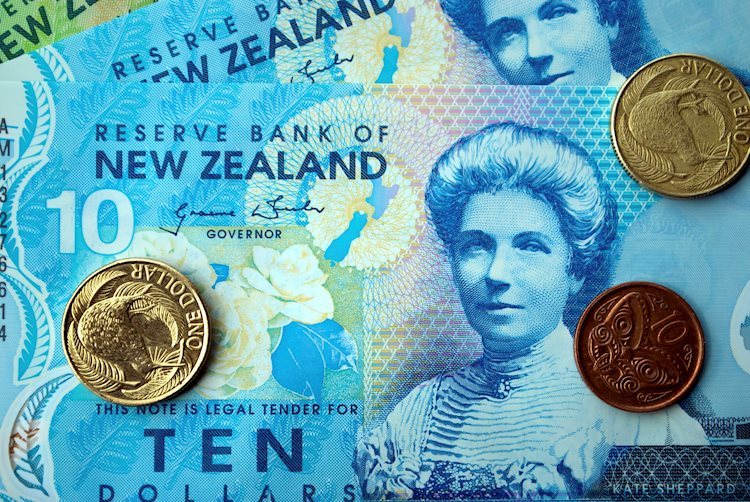- The NZD/USD slumps to fresh three-week lows, despite the RBNZ’s beginning of its QT program.
- US initial Jobless Claims rose more than expected, but market players are focused on US inflation data.
- The RBNZ will begin its Quantitative Tightening (QT) program at an NZ $5 billion rate.
The New Zealand dollar slides for the fifth consecutive day after reaching a daily high at 0.6461. However, the NZD/USD is dipping below the 0.6400 figure amidst a risk-off market mood. At the time of writing, the NZD/USD is trading at 0.6385, down by 0.86%.
Risk-aversion and a firm US Dollar, a headwind for the NZD/USD
On Thursday, the European Central Bank (ECB) kept rates unchanged but laid the ground for a lift-off. Worries that more central banks will begin tightening monetary conditions shift the market mood towards risk-off. That said, the NZD/USD fell as investors sought safe-haven assets in the FX complex, boosting the greenback.
Before Wall Street opened, the US Department of Labor reported that Initial Jobless Claims for the week ending on June 4 increased to 229K, higher than the foreseen 210K. Albeit a negative report, the market mainly ignored it, as they are focused on Friday’s US inflation report.
The May Consumer Price Index (CPI) is expected to print 8.3% YoY, in line with the previous two readings. Meanwhile, the core CPI is estimated to hit 5.9% YoY. Late in the day, the University of Michigan would release the preliminary reading for June of its Consumer Sentiment report, which would give investors a guide on how US citizens deal with the current economic outlook.
During the Thursday Asian session, the Reserve Bank of New Zealand is getting ready to unwind its pandemic stimulus program and will begin selling its securities back to the Treasury Department debt office at a rate of NZ $5 billion. The following RBNZ monetary policy will be on July 15, in which market players expect another 50 bps rate hike to leave the Overnight Cash Rate at 2.50%.
